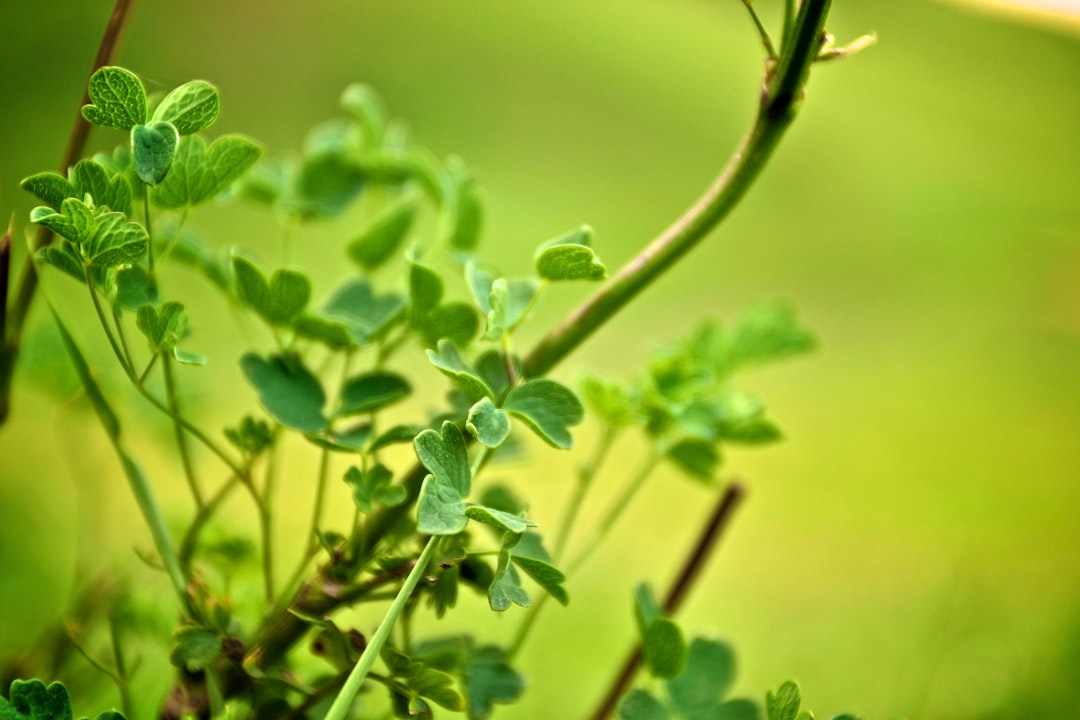Unveiling the Elegance of White Hydrangea Bushes in Your Garden

Hydrangeas are a beloved addition to any garden, and white hydrangea bushes, in particular, bring a touch of elegance and sophistication. With their stunning blooms, they can transform a simple landscape into a captivating oasis. In this article, we'll explore the different types of white hydrangea bushes and how to grow them successfully.
### Types of White Hydrangea Bushes
There are several types of white hydrangea bushes, each with its own unique characteristics. Let's take a closer look at the most popular ones:
Smooth Hydrangea (Hydrangea arborescens): This type of hydrangea is known for its large, round clusters of white flowers. It is a hardy plant that can tolerate a wide range of soil conditions and is relatively easy to grow. Smooth hydrangeas typically bloom in early to mid-summer and can reach a height of 3 to 5 feet.
Bigleaf Hydrangea (Hydrangea macrophylla): Bigleaf hydrangeas are famous for their large, showy blooms. They come in two varieties: mophead and lacecap. Mophead hydrangeas have large, round clusters of flowers, while lacecap hydrangeas have flat clusters with small, fertile flowers in the center and larger, sterile flowers on the edges. Bigleaf hydrangeas prefer acidic soil and partial shade. They usually bloom in late spring to early summer and can grow up to 6 feet tall.
Panicle Hydrangea (Hydrangea paniculata): Panicle hydrangeas are characterized by their cone-shaped clusters of white flowers that gradually turn pink as they age. They are one of the most cold-hardy hydrangea varieties and can tolerate full sun. Panicle hydrangeas bloom in mid to late summer and can reach a height of 8 to 15 feet.
Oakleaf Hydrangea (Hydrangea quercifolia): Oakleaf hydrangeas are named for their distinctive oak-shaped leaves. They have large, cone-shaped clusters of white flowers that also turn pink as they age. Oakleaf hydrangeas are native to the southeastern United States and are well-suited to woodland gardens. They prefer partial shade and moist, well-drained soil. Oakleaf hydrangeas bloom in early to mid-summer and can grow up to 8 feet tall.
### Growing White Hydrangea Bushes
Now that you know the different types of white hydrangea bushes, let's discuss how to grow them successfully. Here are some tips to keep in mind:
Choose the Right Location: Most white hydrangea bushes prefer partial shade, although some varieties, such as panicle hydrangeas, can tolerate full sun. Make sure to choose a location that receives at least 4 to 6 hours of sunlight per day. Avoid planting hydrangeas in areas that are prone to strong winds or extreme heat.
Prepare the Soil: Hydrangeas prefer moist, well-drained soil that is rich in organic matter. Before planting, amend the soil with compost or aged manure to improve its fertility and drainage. If your soil is acidic, you can add lime to raise the pH level. If your soil is alkaline, you can add sulfur to lower the pH level.
Planting: Dig a hole that is twice as wide and just as deep as the root ball of your hydrangea bush. Place the plant in the hole and backfill with soil, making sure to firm the soil around the roots. Water the plant thoroughly after planting.
Watering: Hydrangeas need regular watering, especially during hot, dry weather. Make sure to keep the soil evenly moist, but not waterlogged. Water deeply once or twice a week, depending on the weather conditions.
Fertilizing: Hydrangeas benefit from regular fertilization. Apply a balanced fertilizer, such as a 10-10-10 or 12-12-12, in early spring and again in mid-summer. Follow the instructions on the fertilizer package for the correct application rate.
Pruning: Pruning is an important part of hydrangea care. Different types of hydrangeas require different pruning techniques. Smooth hydrangeas can be pruned in late winter or early spring to remove any dead or damaged branches. Bigleaf hydrangeas should be pruned after they have finished blooming. Panicle hydrangeas can be pruned in late winter or early spring to control their size and shape. Oakleaf hydrangeas should be pruned in late winter or early spring to remove any dead or damaged branches.
### Conclusion
White hydrangea bushes are a beautiful and versatile addition to any garden. With their elegant blooms and easy-to-grow nature, they are sure to become a favorite among gardeners. By choosing the right type of hydrangea bush and following the tips outlined in this article, you can enjoy the beauty of white hydrangeas in your garden for years to come.